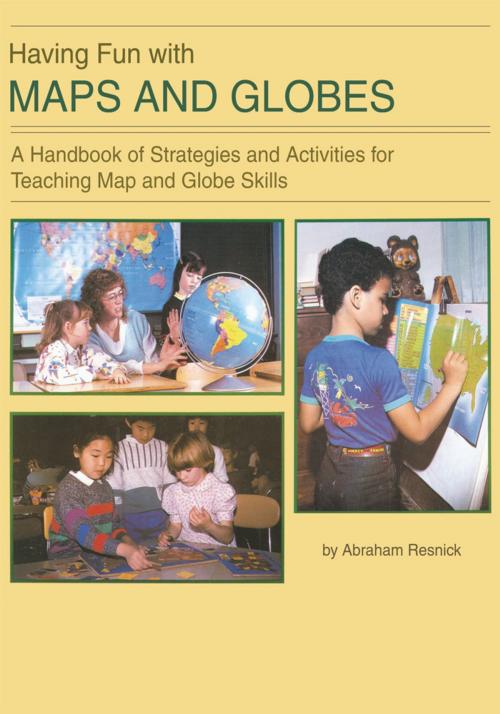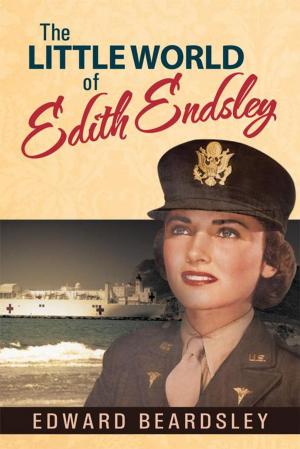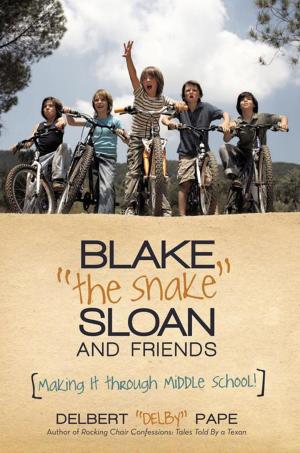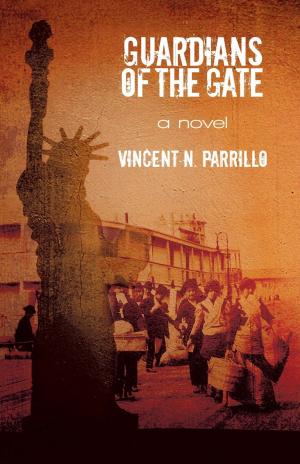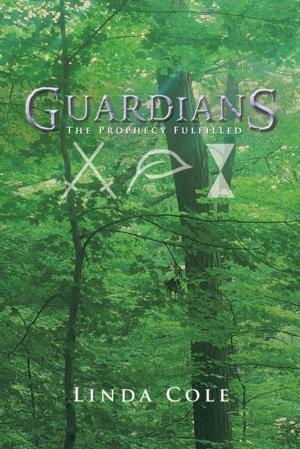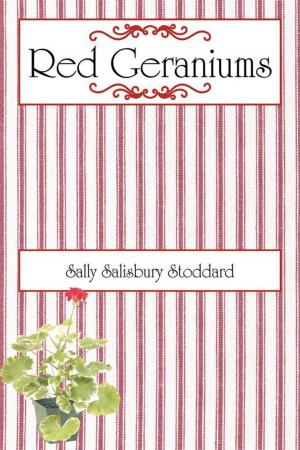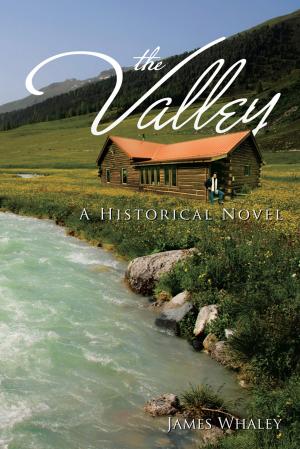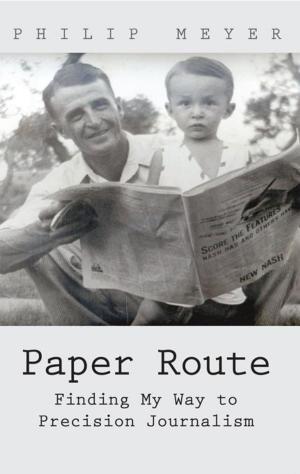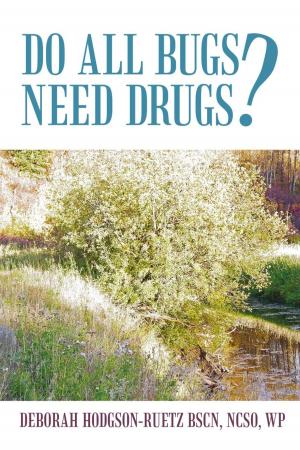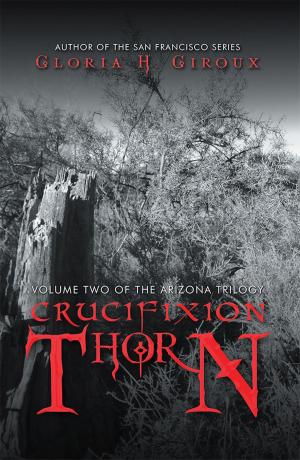Having Fun with Maps and Globes
Nonfiction, Reference & Language, Reference, Catalogues & Directories, Research| Author: | Abraham Resnick | ISBN: | 9781475920017 |
| Publisher: | iUniverse | Publication: | May 26, 2000 |
| Imprint: | iUniverse | Language: | English |
| Author: | Abraham Resnick |
| ISBN: | 9781475920017 |
| Publisher: | iUniverse |
| Publication: | May 26, 2000 |
| Imprint: | iUniverse |
| Language: | English |
The primary purpose of his handbook is to provide educators with a variety of proven activities to make learning map and globe skills both enjoyable and meaningful for your students. The activities, which include cross-curriculum, can be used with multiple grade levels, small groups, or individually.
Having Fun with Maps and globes is organized into six parts. Part One introduces you to the basic goals of a Map and Globe Skills Program and concludes with some general "Tips for Teachers."
Part Two provides activities for teaching the basic concepts of maps and globes. Because the ability to read and make maps involves many individual skills, the activities in this section are organized into several categories or subsets of skills. For each subset, several fully developed activities are presented, along with a "grab-bag" of additional activities that can be used in a stand-alone map and globe unit or to reinforce general map skills.
Because map and globe skills support other curriculum areas besides social studies, Part Three provides activities organized by subject area. This allows you to locate the subject you are teaching and access several related map and globe skill activities. Such cross-curriculum tasks will reinforce art, math, reading, science, language, and thinking skills.
For easy access, all student activity sheets (called Supplements in this manual) are located in Part Four of the handbook.
Part Five lists currently available resources for teachers and students. Beyond the standard lists of print materials, the author has provided sources for multimedia kits and computer software that will enrich anyone's program.
An appendix, which includes map masters, a glossary of terms, and comparison charts, concludes the handbook. Although these materials are mentioned in various activities throughout the book, here they are more accessible as a reference and as a source from which to draw in developing your own lessons, or an entire school program.
Because of the wide range of resources Having Fun with Maps and Globes provides, this handbook is a wonderful companion to the supplementary materials you presently use in your school curriculum.
The primary purpose of his handbook is to provide educators with a variety of proven activities to make learning map and globe skills both enjoyable and meaningful for your students. The activities, which include cross-curriculum, can be used with multiple grade levels, small groups, or individually.
Having Fun with Maps and globes is organized into six parts. Part One introduces you to the basic goals of a Map and Globe Skills Program and concludes with some general "Tips for Teachers."
Part Two provides activities for teaching the basic concepts of maps and globes. Because the ability to read and make maps involves many individual skills, the activities in this section are organized into several categories or subsets of skills. For each subset, several fully developed activities are presented, along with a "grab-bag" of additional activities that can be used in a stand-alone map and globe unit or to reinforce general map skills.
Because map and globe skills support other curriculum areas besides social studies, Part Three provides activities organized by subject area. This allows you to locate the subject you are teaching and access several related map and globe skill activities. Such cross-curriculum tasks will reinforce art, math, reading, science, language, and thinking skills.
For easy access, all student activity sheets (called Supplements in this manual) are located in Part Four of the handbook.
Part Five lists currently available resources for teachers and students. Beyond the standard lists of print materials, the author has provided sources for multimedia kits and computer software that will enrich anyone's program.
An appendix, which includes map masters, a glossary of terms, and comparison charts, concludes the handbook. Although these materials are mentioned in various activities throughout the book, here they are more accessible as a reference and as a source from which to draw in developing your own lessons, or an entire school program.
Because of the wide range of resources Having Fun with Maps and Globes provides, this handbook is a wonderful companion to the supplementary materials you presently use in your school curriculum.
